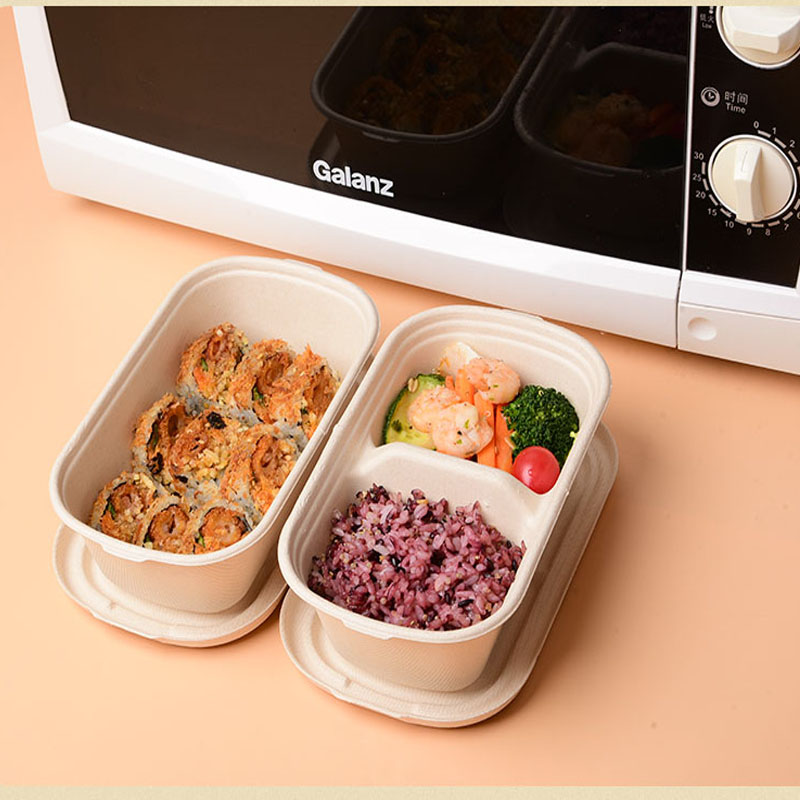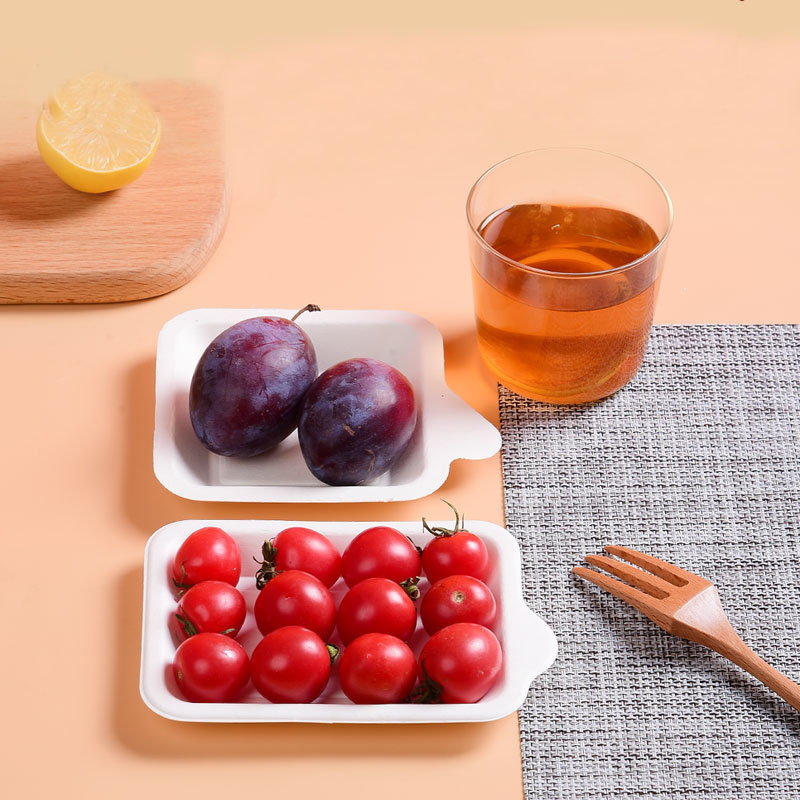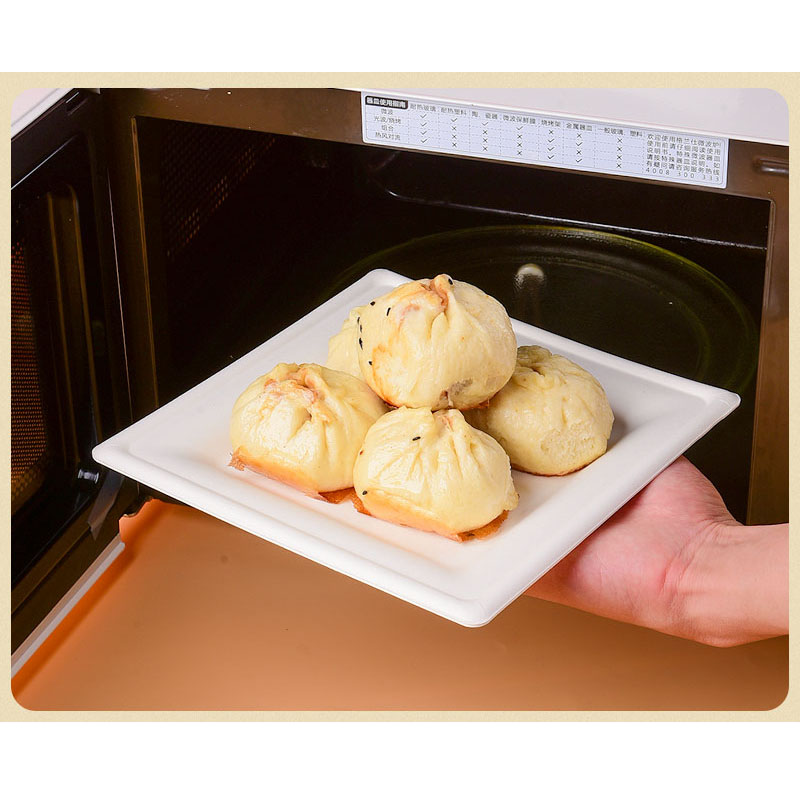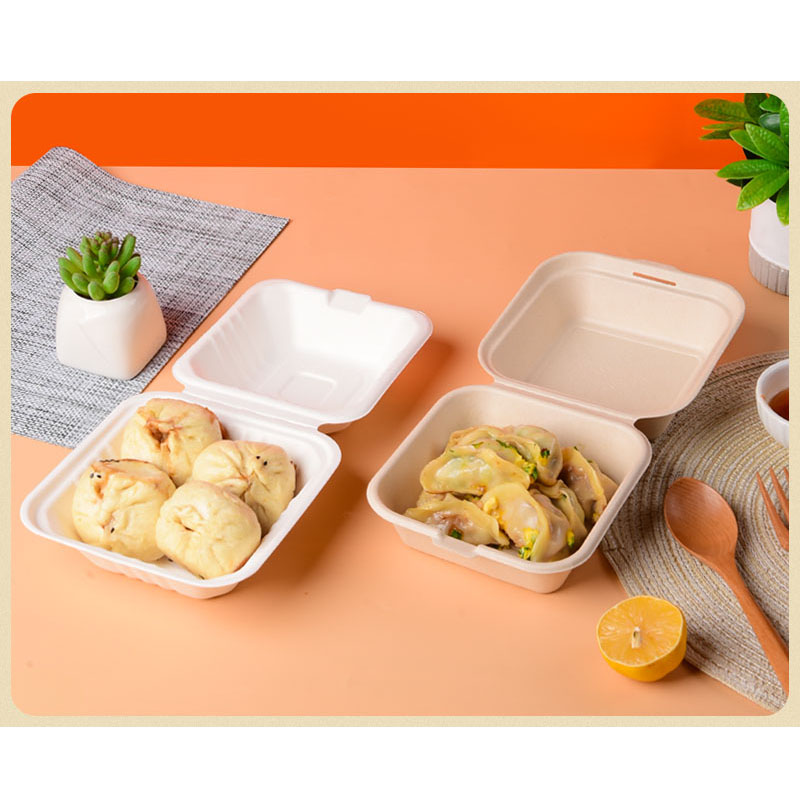We’ve all been in that situation. When you want to reheat leftovers but aren’t sure if they’re in a microwave-safe container. Here are some guidelines to guarantee that your container can withstand the microwave.
- Look for a symbol at the bottom of the container. A microwave that has some wavy lines on it is normally microwave safe. If the container is marked #5, it is composed of polypropylene, or PP, and is therefore microwave safe.
- The microwave is safe for CPET, #1. These containers are typically used for oven-ready products such as our meal solutions and pastry trays. CPET, unlike APET, has been crystallized, allowing it to endure significantly greater temperatures. The items made by CPET are never clear.
- The microwave is not safe for APET(E), #1. Deli containers, supermarket containers, water bottles, and most cold food and display packaging containers fall under this category. They are recyclable, however they are not suitable for reheating.
- PS, polystyrene, or Styrofoam #7, is not microwave safe. Foam is used to make most takeout cartons and clamshells because of its insulating capabilities. They keep food warm throughout transit, eliminating the need to reheat it. Before zapping your food in the microwave, be sure it’s on a plate or other safe container.
Our items may be heated in the microwave and stored in the refrigerator. Pulp tableware can withstand temperatures ranging from -10°C to 130°C. If a higher level of performance is required, try laminating the product’s surface. C-PET laminated items, for example, may be cooked in the oven.
Zhongxin offers a variety of creative products created from renewable and recycled materials, such as bowls, cups, lids, plates and containers.
Post time: Nov-29-2021







